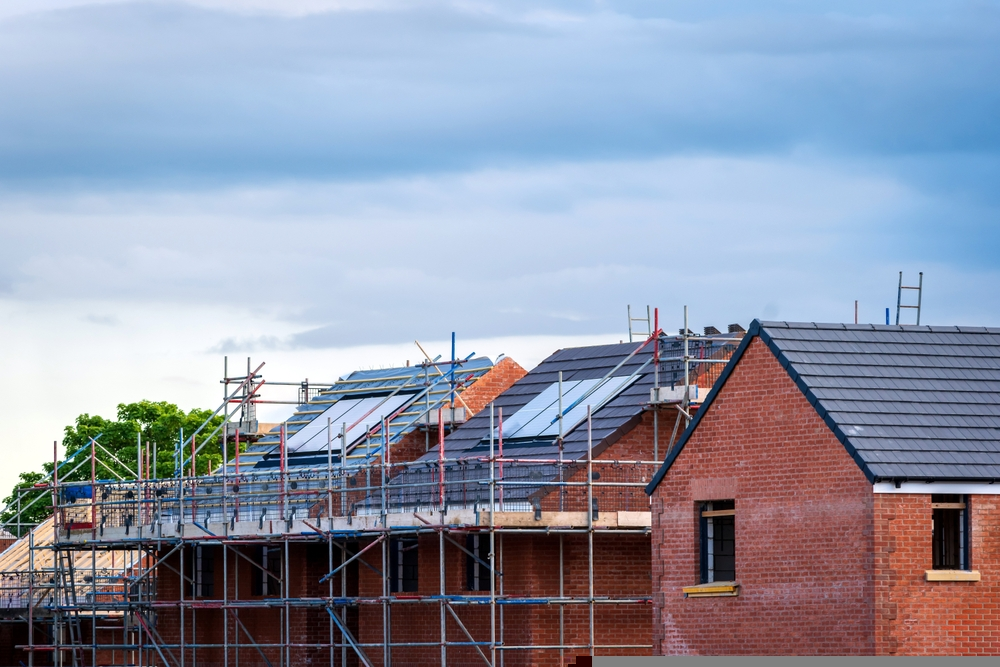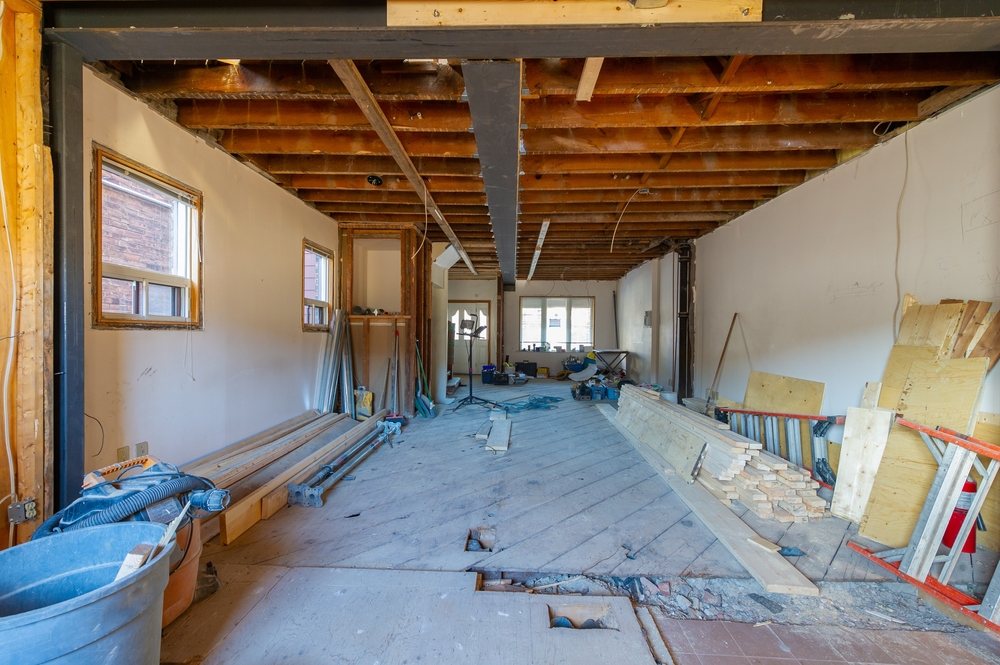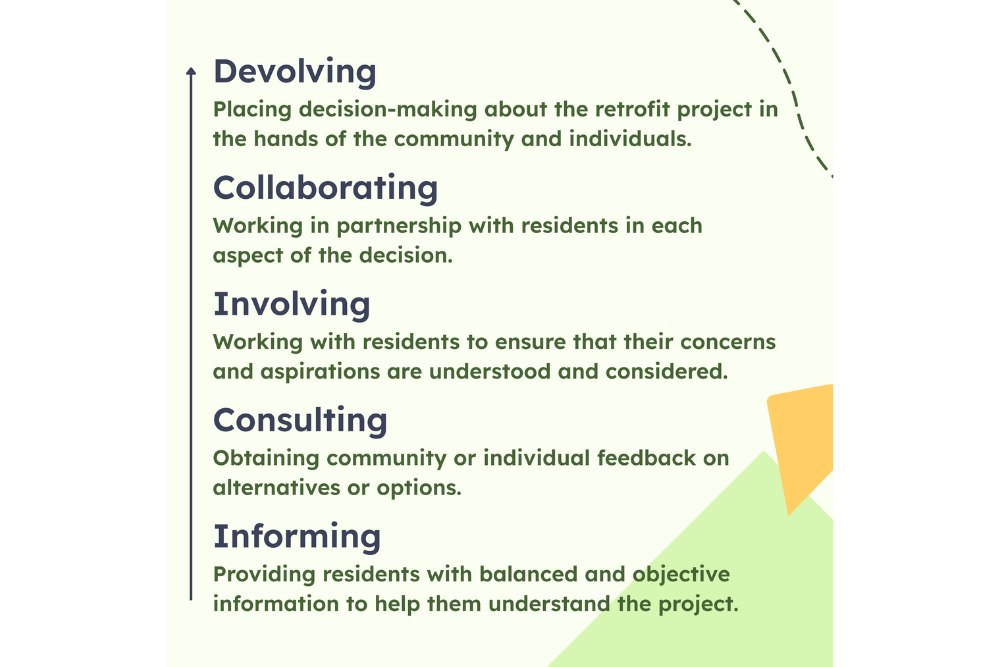Lorem ipsum dolor sit amet, consectetur adipiscing elit. Curabitur eleifend tortor nec augue pretium


The retrofitting of homes across England to make them warmer and cheaper to run is a key part of the UK government’s Warm Homes plan, to lift over one million households out of fuel poverty by 2030.
The addition of measures like wall insulation, low-carbon heating systems, solar panels, new windows and doors can ultimately lead to much more comfortable living conditions, and when these are focused on the homes of the most vulnerable people in our communities, the impact can be transformational.
Collectively, these retrofit measures also play an important role in the UK meeting its carbon reduction targets; retrofit is one, important way that we’re making the journey towards net zero as a country. In March 2025, the Department for Energy Security and Net Zero announced a commitment of £1.79bn for domestic retrofit through the Warm Homes: Local Grant and Warm Homes: Social Housing Fund.
But the realities of retrofit are that it may well be disruptive and invasive for those living in the property being treated. Without having residents fully on board, and keen to embrace all that retrofit can deliver in their home, projects can be a lot harder to deliver. That’s why resident engagement is so important; a core pillar of successful retrofit.
It’s important to think about retrofit as something that is being done with and for people, rather than simply being done to a building.
People have an emotional connection to their homes, whether they are tenants or owners; and for tenants, there is also a sense of having less control over major decisions about their homes. Being clear and open with people can help to make the whole process feel easier for everyone, and people tend to feel more loyal and supportive of services where they have helped to make the choice.
Residents need to know what the proposed retrofit work will mean for the way they live, and they need to be happy with the changes. Their cooperation is essential throughout the whole lifecycle of the project, including after handover. Residents must know how to use their new retrofit systems correctly to ensure that they will feel the benefits (like greater comfort levels and enhanced health and wellbeing), and to also make sure that the planned carbon savings are achieved.
It is also really important to remember that residents are a vital source of information and feedback about their homes – they have a close-view of issues like draughts, damp or inefficient heating systems. Residents know their own lifestyles, their comfort levels, their financial situations and their health in ways which can really help inform the design and delivery of a retrofit project and ensure that the wider benefits of retrofit are achieved.

As well as being the right thing to do, resident engagement is also obligatory for any government-funded retrofit programme. Retrofit projects that receive Warm Homes support must comply with the Publicly Available Specification - PAS - 2035. This standard requires retrofit contractors to ensure that the wellbeing of residents is central to the planning and delivery of the installation works. In addition, Section 20 legislation requires social landlords to consult with leaseholders who may be affected.
Trust must be established from the beginning of the project and maintained through to its conclusion, but this can be difficult when there are so many professionals involved – from design to installation and ongoing support. Developing a resident engagement plan helps to reduce this risk.
An effective resident engagement plan will set out:
|
Topic |
Key questions |
|
Strategic approach |
What approach are you taking to resident engagement? |
|
Objectives |
What are you trying to achieve through the engagement process? What will be different following each step of the engagement process? |
|
Understanding of your residents |
Who will you engage? For example, is your product focused on a specific estate or are you looking at a type of housing across your stock? What are their communications needs? Some residents may not have internet access; some may have English as a second language or difficulties understanding complex information. What are their needs through the retrofit project? Are there residents who will need more support through the process? Some residents may want to have a friend or family member with them whilst works are being undertaken. |
|
Messages |
What are you going to say to residents? There will be a certain amount of information that you need to provide. What are you going to ask residents? Engagement is a two-way conversation so you should think about what resident input you would like into the project. How can you make technical information more accessible? Videos and animations are great ways of explaining retrofit, and can be made at relatively low cost. How will you address key resident concerns? Residents will have very real and very practical concerns about the project and it’s essential that you do not leave people feeling powerless in their own homes. |
|
Engagement methods |
How will you get your message across? What “passive” communications will you use? Passive communications are methods such as posters and leaflets. They are valuable for making sure that people are generally aware of a retrofit project but limited in that you do not know who has seen or read them or how they feel in response. What “active” communications will you use? Active communications are more about conversations. Resident panels, focus groups and community events would all be examples of active communications.
|
|
Resource plan |
Who will be involved in resident engagement? This is likely to include internal teams (energy, sustainability, customer service, resident liaison) and your retrofit coordinator, but may also include your contractors and community or neighbourhood groups. What budget do you have? Engagement can be done at relatively low financial cost (printing, filming a video), but always carries a high time cost. The more complex and disruptive your retrofit project, the more time you should spend talking with residents. |
There are different approaches to participation and engagement and it can be helpful to think about them using a model called the Ladder of Engagement (used widely in the health and social care sector).
Engagement at any of the levels shown to the right is valuable, but the higher up the ladder you go, the more meaningful the engagement is for all involved.
When it comes to realising the full benefit of retrofit in someone’s home, the job doesn’t end when the tools are packed away. Real change happens when residents feel confident using their new systems, and when they understand how to adapt their behaviour to feel the full impact.

At handover, advice to each resident should be tailored, and ideally face-to-face advice and be followed up with simple, practical guidance on how to get the best out of new features like heat pumps and ventilation systems. Clear written materials, easy-to-follow videos, and ongoing support ensure that residents feel completely confident with the new features in their homes. Local community members can also be trained as Resident Champions to offer extra support in familiar and trusted ways. The aim is to give residents the tools they need to live more comfortably and efficiently, long after the work is complete.
Start early. Engage with the community as soon as you can, to help build trust, maximise opportunities for their involvement and be ahead of any rumours that might circulate.
Think about what you have to offer. Not every resident will welcome the opportunity to be a part of a retrofit programme and they may have concerns about the works. Thinking about different ways to talk about the work and the potential benefits, as well as how to mitigate or remove any barriers, will help bring and keep people on board.
Identify different categories (or segments) of residents to understand the variety of different factors you need to consider.
Be clear about the process of the work. This will help you to understand where the works will intersect with residents’ lives along the delivery journey.
Work with trusted intermediaries. Local champions among residents can help you reach out to residents, particularly in harder-to-reach groups. They can also act as a bridge between residents and the project team, helping to build trust and improve communications.
Build your process around residents, not around your project team. Meetings should be held in places that residents can access, at times which suit them, and in ways which encourage participation and dialogue. Local community centres are invaluable, and relaxed environments such as coffee mornings or fish and chip suppers can help foster creative and collaborative ways of working.
Key steps to take
Further resources
Retrofit Information, Support and Expertise
Retrofit Information, Support and Expertise (RISE) offers training, guidance and support to help social housing providers, Local Authorities and their supply chains plan and deliver successful domestic retrofit programmes.
There are a wide range of resident engagement resources available on the RISE website: https://riseretrofit.org.uk/knowledge-hub/preparing-a-retrofit-project/resident-engagement-resources-round-up-2024
Are there any standards for resident engagement?
National Tenant Engagement Standards (England), TPAS – TPAS produces voluntary engagement standards to support housing providers in conversations with residents across all aspects of their work. The latest standards can be downloaded from the following link (registration required).
Visit website (https://www.tpas.org.uk)
The TPAS Cymru website sets out resident engagement standards for Wales. These are available at:
Visit Website (https://www.tpas.cymru)
How can I think about the whole resident engagement journey?
Managing human factors in retrofit projects, the University of Salford – this research paper looks at resident engagement through (and after) a retrofit project, identifying why it matters and key considerations at each stage. It is a useful and accessible summary of other research in this topic.
Visit Website (http://usir.salford.ac.uk)
How do social housing providers think about tenant engagement? And how do tenants feel?
Engaging and empowering tenants in council-owned housing, LGA and TPAS – insights and case studies from both local authorities and tenants about the process of engagement. This report explores what “good” involvement looks like from both a council and tenant perspective, and brings together some practical examples of positive action.
Visit Website (https://www.local.gov.uk)

Claire Brown MIEMA CEnv FHEA is a senior consultant at Turner & Townsend, PhD researcher at the University of Manchester, parent board director at Southway, and co-chair of IEMA's North West Regional Steering group.